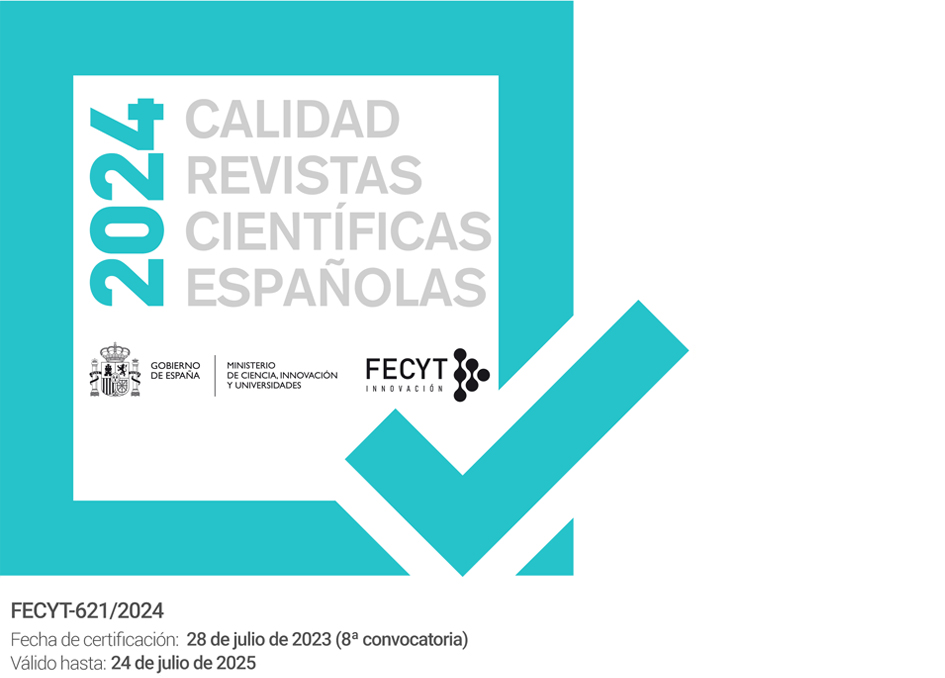LA MEJORA DE LA AUTONOMÍA DEL PACIENTE EN LA PRÁCTICA DE LA MEDICINA ESTÉTICA
Resumen
La reciente área de la medicina estética está suponiendo algunas novedades en la relación médico-paciente. Una de ellas consiste en que el “paciente estético” solicita al médico una intervención quirúrgica con una finalidad no siempre estrictamente terapéutica sino de tipo estética. El paciente quiere satisfacer el deseo de mejorar o transformar su belleza corporal y el médico ejecuta procedimientos para ofrecerle ese resultado. Para perfeccionar esa específica relación médico/paciente propongo pasar de un consentimiento informado como evento único plasmado en la firma de un papel, a un consentimiento que sea el resultado final de un proceso médico y ético en el tiempo que se establece entre el médico y el paciente. Dicho proceso se ajusta a lo que se denomina toma de decisiones informadas. Resulta eficaz para fortalecer el núcleo de la autonomía del paciente al perfeccionar su libertad racional para decidir someterse o no a la intervención estética, por otra parte no exenta de riesgos. Al mismo tiempo reporta beneficios para la salud y reduce el número de demandas a los médicos que suelen ser cada vez másfrecuentes en esta nueva área médica.
Descargas
Citas
Beauchamp T, Childress J. Principles of biomedical ethics. Oxford University Press, New York, 2001.
Braddock III C, Hudak PL, Feldman JJ, Bereknyei S, Frankel RM, Levinson W. Surgery is certainly one good opinión: Quality and time-efficiency of informed decision-making in surgery. J Bone Joint Surg Am. 2008; 90: 1830-8.
De Roubaix JAM. Beneficence, non-maleficence, distributive justice and respect for patient autonomy e reconcilable ends in aesthetic surgery? Journal of Plastic, Reconstructive & Aesthetic Surgery. 2011, 64, 11-16.
Emanuel EJ, Emanuel LL. Four models on the physician-patient relationship. JAMA. 1992. Vol.267, no.16, 2221-2226.
Epstein RM, Alper BS, Quill TE. Communicating Evidence for Participatory Decision Making. JAMA. 2004; 291:2359-2366.
Guadagnoli E, Ward P. Patient participation in decision-making. Soc. Sci. Med. 1998. vol. 47, no. 3, pp. 329-339.
Kuczewski MG. Reconceiving the family: the process of consent in medical decisionmaking. The Hastings Center Report. 1996; vol 26, No.2, pp.30-37.
Ley 41/2002, de 14 de noviembre, básica reguladora de la autonomía del paciente y de derechos y obligaciones en materia de información y documentación clínica.
Little MO. Cosmetic surgery, suspect norms, and the ethics of complicity. In: Parens E, Ed. Enhancing Human Traits: Ethical and Social Implications. Washington, DC: Georgetown University Press, (2000). p.168.
Maio, G., “Is aesthetic surgery still really medicine? An ethical critique”, Handchir Mikrochir Plast Chir. 2007; 39: 189–94.
Nejadsarvari N, Ebrahimi A. Different Aspects of Informed Consent in Aesthetic Surgeries. World J Plast Surg. 2014; 3(2):81-86.
O’Brien CM, Thorburn TG, Sibbel-Linz A, McGregor AD. Consent for plastic surgical procedures. J Plast Reconstruc Aesthet Surg. 2006. 59(9): 983-989.
Pellegrino EG, Thomasma, D.The Virtues in Medical Practice. New York: Oxford University Press, 1993.
Rees LS, Myers S, Bradbury E. A Comprehensive Screening, Education, and Training Tool for the Psychological Assessment of Patients Seeking Aesthetic Surgery: ‘‘DESIRABLE OP?’’ Aesth Plast Surg. 2012; 36:443–447.
Ruiz-Azarola A, Perestelo-Pérez L. Participación ciudadana en salud: formación y toma de decisiones compartida. Informe SESPAS 2012. Gac Sanit. 2012:26(S):158-161
Ubbink DT, Santema TB, Lapid O. Shared Decision-Making in Cosmetic Medicine and Aesthetic Surgery. Aesthetic Surgery Journal. 2015; 1-6.
Descargas
Publicado
Cómo citar
Número
Sección
Licencia
Aquellos autores/as que tengan publicaciones con esta revista, aceptan los términos siguientes:- Los autores/as conservarán sus derechos de autor y garantizarán a la revista el derecho de primera publicación de su obra, el cuál estará simultáneamente sujeto a la Licencia de reconocimiento de Creative Commons que permite a terceros compartir la obra siempre que se indique su autor y su primera publicación esta revista.
- Los autores/as podrán adoptar otros acuerdos de licencia no exclusiva de distribución de la versión de la obra publicada (p. ej.: depositarla en un archivo telemático institucional o publicarla en un volumen monográfico) siempre que se indique la publicación inicial en esta revista.
- Se permite y recomienda a los autores/as difundir su obra a través de Internet (p. ej.: en archivos telemáticos institucionales o en su página web) antes y durante el proceso de envío, lo cual puede producir intercambios interesantes y aumentar las citas de la obra publicada. (Véase El efecto del acceso abierto).



